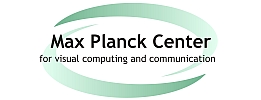| Foto | First Name | Last Name | Position |
|---|---|---|---|
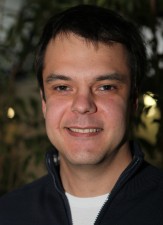 |
Mykhaylo | Andriluka | People Detection and Tracking |
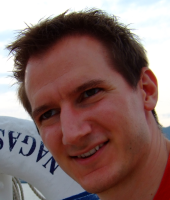 |
Roland | Angst | Vision, Geometry, and Computational Perception |
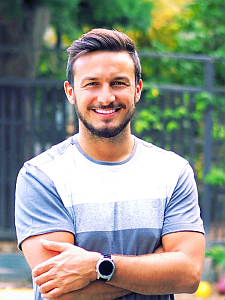 |
Tamay | Aykut | |
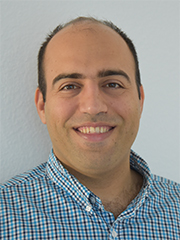 |
Vahid | Babaei | |
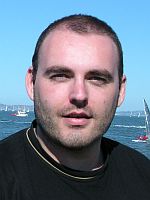 |
Pierpaolo | Baccichet | Distributed Media Systems |
 |
Volker | Blanz | Learning-Based Modeling of Objects |
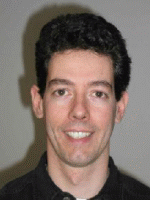 |
Volker | Blanz | Learning-Based Modeling of Objects |
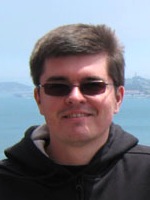 |
Martin | Bokeloh | Inverse Procedural Modeling |
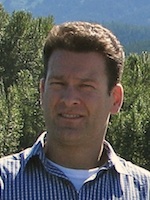 |
Adrian | Butscher | Geometry Processing and Discrete Differential Geometry |
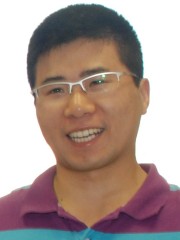 |
Renjie | Chen | Images and Geometry |
Researcher
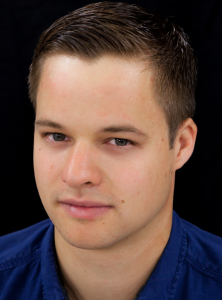 |
Dr. Michael Zollhöfer |
Visual Computing, Deep Learning and Optimization
| Name of Research Group: | Visual Computing, Deep Learning and Optimization |
| Homepage Research Group: | web.stanford.edu/~zollhoef |
| Personal Homepage: | zollhoefer.com |
| Mentor Saarbrücken: | Hans-Peter Seidel |
| Mentor Stanford: | Pat Hanrahan |
| Research Mission: | The primary focus of my research is to teach computers to reconstruct and analyze our world at frame rate based on visual input. The extracted knowledge is the foundation for a broad range of applications not only in visual effects, computer animation, autonomous driving and man-machine interaction, but is also essential in other related fields such as medicine and biomechanics. Especially, with the increasing popularity of virtual, augmented and mixed reality, there comes a rising demand for real-time low latency solutions to the underlying core problems. My research tackles these challenges based on novel mathematical models and algorithms that enable computers to first reconstruct and subsequently analyze our world. The main focus is on fast and robust algorithms that approach the underlying reconstruction and machine learning problems for static as well as dynamic scenes. To this end, I develop key technology to invert the image formation models of computer graphics based on data-parallel optimization and state-of-the-art deep learning techniques. The extraction of 3D and 4D information from visual data is highly challenging and under-constraint, since image formation convolves multiple physical dimensions into flat color measurements. 3D and 4D reconstruction at real-time rates poses additional challenges, since it involves the solution of unique challenges at the intersection of multiple important research fields, namely computer graphics, computer vision, machine learning, optimization, and high-performance computing. However, a solution to these problems provides strong cues for the extraction of higher-order semantic knowledge. It is incredibly important to solve the underlying core problems, since this will have high impact in multiple important research fields and provide key technological insights that have the potential to transform the visual computing industry. In summer 2019 Michael Zollhöfer joined Facebook. |
Researcher
- Name of Researcher
- Markus Steinberger
- Homepage of Research Group
- First Name
- Markus
- Last Name
- Steinberger
- Foto
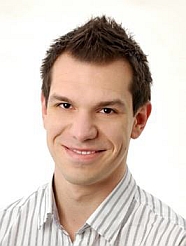
- Homepage
- www.markussteinberger.net/
- Phone
- Position
- GPU Scheduling and Parallel Computing
- Mentor in Saarbruecken
- Hans-Peter Seidel
- Mentor in Stanford
- Categories
- Former Groups
- Research Mission
- While Moore’s Law continues, increases in clock speed have been stagnant due to physical obstacles. Thus, hardware and software have turned towards parallelism as an answer to keep up with the ever growing demand for more compute power. The probably highest degree of parallelism within a single chip is found on the modern graphics processing unit (GPU). However, traditional algorithms do not work well on massively parallel devices like the GPU; especially concerning the control over the execution itself. We investigate novel algorithms for scheduling dynamic workloads on the GPU, including algorithms for efficient task scheduling, memory management, and dynamic workload prioritization. Our research enables algorithms—which previously did not seem fit for GPU execution—to harness the full power of the GPU. Applying our insights to computer graphics, we are interested in highly efficient and on-the-fly generation of procedural content, prioritizing image synthesis for deadline-driven foveated rendering, and alternative rendering pipeline designs with new views on rasterization. in 2017 Markus Steinberger joined Graz University of Technology as an Assistant Professor.
- mission_rtf
- Name of Research Group
- GPU Scheduling and Parallel Computing
Personal Info
- Photo

- Website, Blog or Social Media Link
